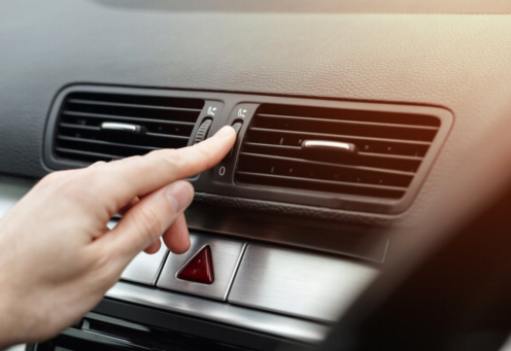The Ultimate Guide to Replacing a Faulty Car Air Conditioning Evaporator
22 October 2025 by Edward W.Is your car's air conditioning system not cooling as it should? You may have a faulty air conditioning evaporator. In this ultimate guide, we will walk you through the steps of replacing the evaporator to get your A/C back to its optimal performance. Read on to learn how to identify the symptoms of a faulty evaporator, the tools and materials you will need for the replacement, preparation steps, removal and installation process, as well as testing the new installation to ensure everything is working properly.

Understanding Symptoms of a Faulty Air Conditioning Evaporator
Symptoms of a Faulty Air Conditioning Evaporator The air conditioning evaporator plays a crucial role in the overall function of your car's air conditioning system. When it becomes faulty, there are several symptoms that may indicate a problem. One common sign of a faulty evaporator is weak or inconsistent airflow coming from the vents. Another symptom to look out for is warm air blowing out when the air conditioning is turned on. Additionally, you may notice a strange smell coming from the vents, which could indicate mold or bacteria growth due to a malfunctioning evaporator. If you observe any of these symptoms, it is important to address the issue promptly to ensure your car's air conditioning system functions properly.Tools and Materials Needed for Replacement
When replacing a faulty car air conditioning evaporator, you will need the following tools and materials:- A set of wrenches and sockets
- Screwdrivers
- Pliers
- Refrigerant recovery system
- Replacement evaporator
- O-rings
- PAG oil
- Vacuum pump
- Pressure gauge
- Thermometer
- Protective gloves and goggles
Having these tools and materials on hand will ensure that you are fully prepared to successfully replace the faulty air conditioning evaporator in your car.
1. Gather all the necessary tools and materials needed for the replacement. This may include wrenches, screwdrivers, refrigerant recovery machine, and a new air conditioning evaporator.
2. Park the car on a level surface and engage the parking brake to ensure stability during the replacement process.
3. Turn off the car's engine and disconnect the battery to prevent any electrical hazards.
4. Allow the car's engine to cool down if it has been running recently to avoid burns while working on the air conditioning system.
5. Locate the air conditioning system's service ports and use a refrigerant recovery machine to safely remove any remaining refrigerant from the system.
6. Refer to the car's manual or online guides to familiarize yourself with the location of the air conditioning evaporator and how to access it within the car's dashboard. By following these preparation steps, you can ensure a smooth and successful replacement of a faulty car air conditioning evaporator.
Preparation Steps for Evaporator Replacement
Here are the preparation steps you should follow:1. Gather all the necessary tools and materials needed for the replacement. This may include wrenches, screwdrivers, refrigerant recovery machine, and a new air conditioning evaporator.
2. Park the car on a level surface and engage the parking brake to ensure stability during the replacement process.
3. Turn off the car's engine and disconnect the battery to prevent any electrical hazards.
4. Allow the car's engine to cool down if it has been running recently to avoid burns while working on the air conditioning system.
5. Locate the air conditioning system's service ports and use a refrigerant recovery machine to safely remove any remaining refrigerant from the system.
6. Refer to the car's manual or online guides to familiarize yourself with the location of the air conditioning evaporator and how to access it within the car's dashboard. By following these preparation steps, you can ensure a smooth and successful replacement of a faulty car air conditioning evaporator.